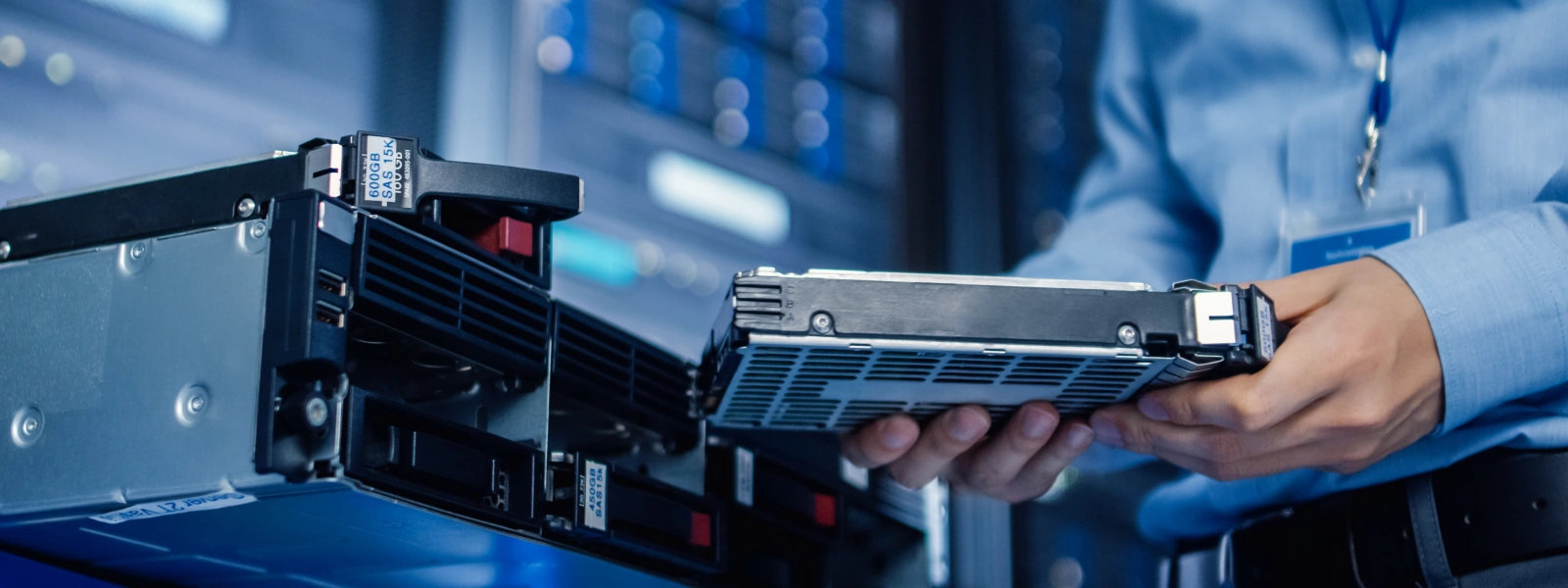What does an exchange server do? The answer is in the name. Microsoft’s mail and message handling technology has been around for many years, and is now a robust, multi-layered system that can serve as a holistic approach to managing a company’s contacts and schedules. Its newest version, released in 2010, combines five components into a single system that work in harmony to efficiently receive, sort, deliver, and organize a variety of communications, from mail to voice messages.
Microsoft exchange server 2010 is separated into five roles, including its mailbox, client access, unified messaging, hub transport, and edge transport technology. Together, these systems host messaging information, monitor and accept connections to the system, tie the company’s PBX to the system, route mail and messages, and provide security. This is a huge step forward in functionality for Microsoft’s once weathered tech, and is now adapted for use in everything from small business to enterprise applications. Its unified messaging layer, in particular, makes it possible for companies to maintain strong oversight over its communications, giving employees dial-in access to check e-mails and voicemails from any remote device, as long as they have access to a web browser. This system also keeps track of an employee’s contacts and calendars.
Like most things Microsoft, this technology has evolved extensively over the years, and what was once a weathered, aging system is now a highly functional piece of technology.
